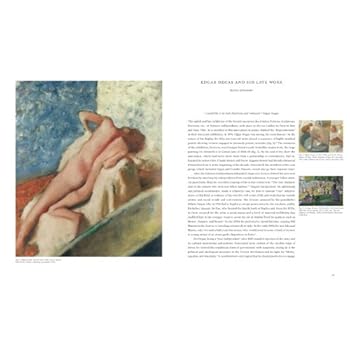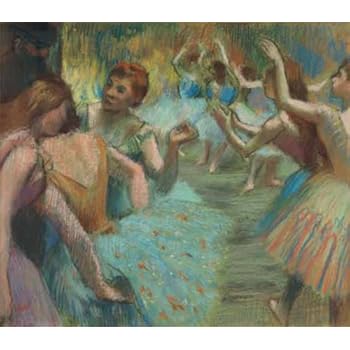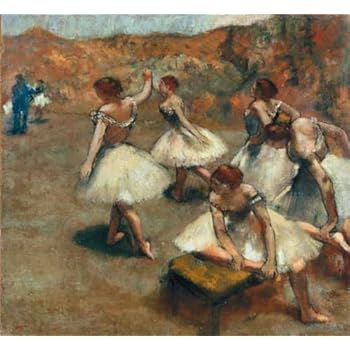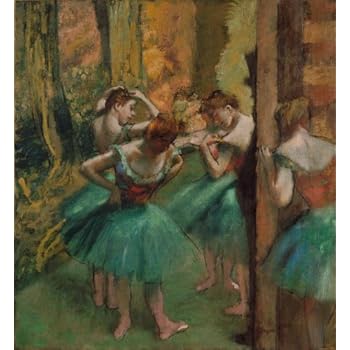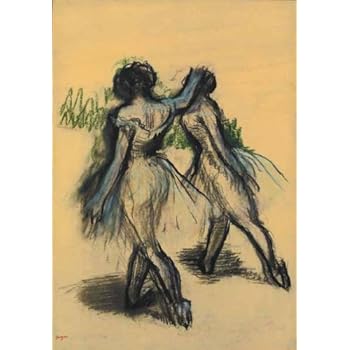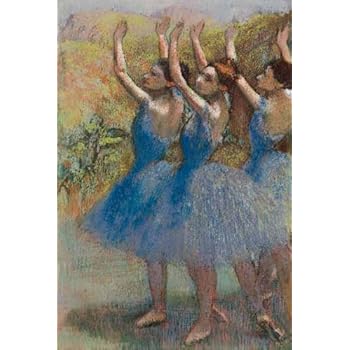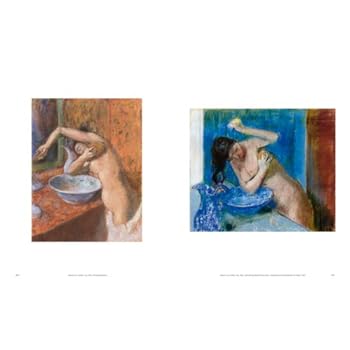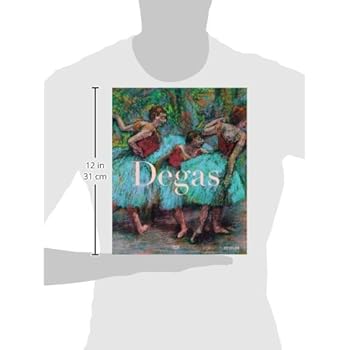Edgar Degas: The Late Work
Category: Books,Arts & Photography,Individual Artists
Edgar Degas: The Late Work Details
While Edgar Degas has long been considered one of the major pioneers of modern art, exhibitions of his work remain a surprisingly rare occurrence, and the enduring popularity of the “beautiful” paintings of his Impressionist phase can obscure the overall complexity of his oeuvre. But Degas experimented with various media―drawing and printing techniques, pastel, photography, sculpture―throughout his life, and, after putting Impressionism behind him in 1880, he reached the undoubted culmination of his art in his daring and unique late work. In the artworks he created between 1890 and 1912, the delicate, detailed painting of his mature period gives way to an unbridled pleasure in technical experimentation and an obsessive creativity that increasingly liberates the means of depiction from any straightforward representational function. As if in a dreamlike state, Degas conflates past and present, things seen and remembered, to create his renowned depictions of dancers and female nudes, jockeys and racehorses, landscapes and portraits. Edgar Degas: The Late Work is the first publication to present a comprehensive overview of the technical diversity and wide range of themes in Degas’ oeuvre, and is published to coincide with an exhibition at the Fondation Beyeler in Riehen/Basel.A founder of the French Impressionist movement, Edgar Degas (1834–1917) began to paint early in life, possessing a studio by the age of 18, and working primarily in history painting up until 1864, when he met Manet (while both were copying the same Velázquez portrait in the Louvre, according to legend). In 1872 he lived in New Orleans, producing several portraits of his extended family there. By the 1880s, his works commanded sufficient prices to permit him to collect works by many of his contemporaries, as well as older masters such as El Greco, Ingres and Delacroix.

Reviews
There are plenty of books on Degas, but this one deserves special praise on two counts - its content, and the production quality. It contains reproductions of pastels and drawings from the later part of Degas' life, some of which are very rarely seen. Some are in private hands, and some are kept out of public view by museums due to the relatively fragile material used. This book is relatively short on words and long on reproductions, many of which are full page. If you are looking for a decent biography of Degas, please look elsewhere. This is purely an art monograph.It is a well lamented fact that the production quality of art books have gone down in the last few decades, obviously due to economic reasons. This book bucks the trend. It is sturdily bound in blue cloth, with a quality dust jacket. The paper being used is not the generic shiny white type. It is a fairly thick stock with the faintest hint of cream tint, and is free of any glare. Obviously the book designers took care to choose a kind of paper that brings out the best of the pastels. Also, some of the pages have reproduction on one side only, keeping the back side empty. I guess that prevents two strongly colored reproductions interfering with each other. Printed in Germany.

